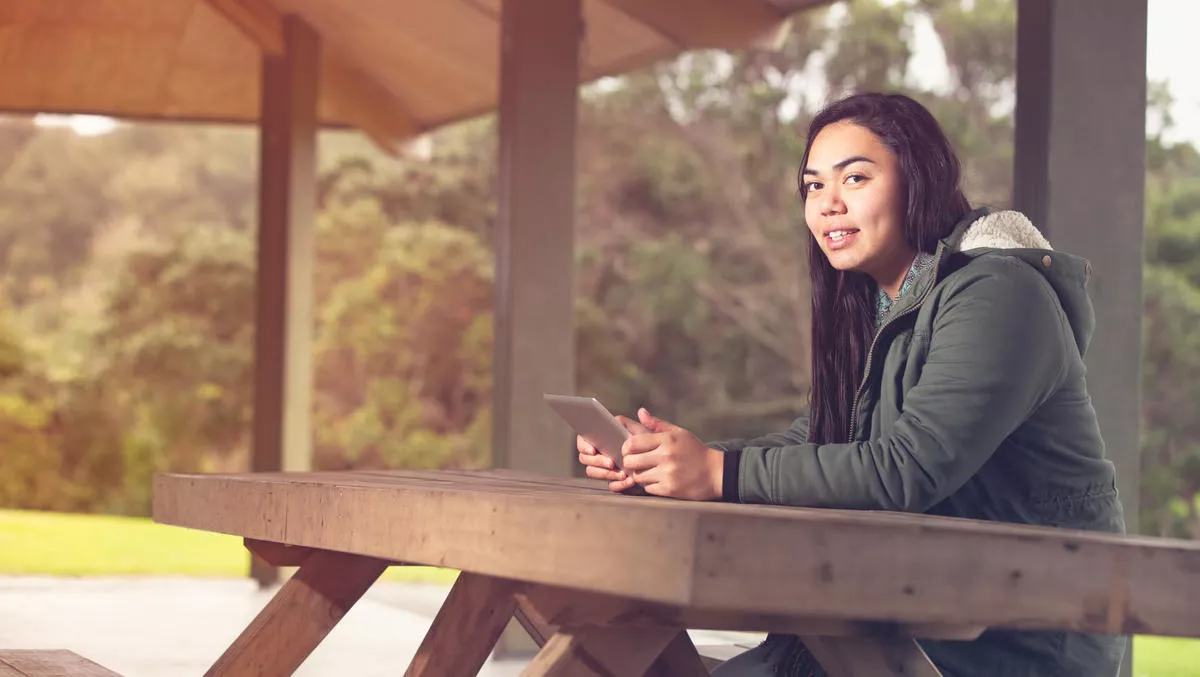
Kiwi game developers move forward with indigenous gaming platform Katuku Island
An indigenous gaming platform, Katuku Island, is under development with the ultimate goal of supporting indigenous education in New Zealand and beyond.
Katuku Island is an original storyline adapted to a player survival game with an indigenous overlay, the developers wrote in a statement.
The objective of the game is to make your way to the only uncontaminated place in the world, Katuku Island. Along the way players create an avatar designed to look like Maori warriors with tribal tattoos, design Maori weapons, build tribes and escape crumbling cities.
In fact, according to the developers, Maori and indigenous cultural codes are used in all aspects of the game.
Throughout the game the player must undertake challenges, such as literacy and decision making. The gameplay is designed to encourage cultural learning and problem solving.
Behind Katuku Island is Dr Phyllis Callaghan and her late husband Matua Craig Callaghan, both of whom have both worked in the education sector and wanted to support Maori education.
Initially the duo developed a textbook called '16-year-old Maori Boy', which was designed to support Maori youth at school as well as those in the justice system. The idea for Katuku Island has been in development since this point.
Game creator Dr Phyllis Callaghan says, "We created Katuku Island to bring cultural literacy to a technological platform that uses Maori Toi graphics, sounds, characters, tribal tattoo and indigenous challenges. As an indigenous researcher and business owner, I wanted to make a difference.
Callaghan says, "Maori do not have positive educational statistics. Much of the research tells us that Maori do not fare well in the subject of English, and the gap in the New Zealand schooling systems between Maori students and non-Maori students is widening.
"Poverty plays a huge part in these statistics. But gains are being made and the environment changing. Take for example grants for marae to have access to the internet. Thats a game changer for our tamariki (children).
Katuku Island meets global tech stretch disciplines, including collaboration, learner agency, goal setting and real-time assessment.
Callaghan says, "When the cultural gaming elements and the tech stretch components collide, we expect maximum learning outcomes, creating the impetus, self-efficacy and agency for the learner to undertake gaming and educational challenges confidently and successfully, thus increasing learner effectiveness and learner resilience to become the master of their domain.
In addition, according to Callaghan, the game is backed by 10 years of Masters and Doctoral research which focuses on motivational cultural codes such as Toi, as well as more than 50 years combined teaching experience and research.
The game takes a unique approach to learning, collecting quantitative and qualitative data to better understand the learning journey, unpack past trauma or bad educational experiences, and move players forward to create better social and economic outcomes.
The game development team have a hui in Rotorua June 27-28 to finalise the Katuku Island sketches before these are sent to a 3D animation studio in New York City for the prototype.
Callaghan says the development of the game is being made possible with help from MBIE and the VMCF grant awarded early 2020. While the majority of the work has been driven by Dr. Callaghan's company, the VMCF grant enables 3D and gaming elements to be included, the developers state.
Callaghan says, "The support means we can get the best in international expertise when it comes to the 3D animation and also allow our wider Maori whanau to be part of the engine within their own hap and Iwi narratives.
In the future, Callaghan says the format of Katuku Island can be used for specific Maori stories and historical moments, as well as that of indigenous groups further afield, proving to create unique and personal learning development journeys.
Callaghan says, "Initially this was aimed at Maori in a way that engages them to want to learn. But ultimately, this can be re-developed to fit any indigenous culture anywhere in the world. Using key figures, landscapes and ancestors along the way, highlighted with their own visual interpretation of their culture.


